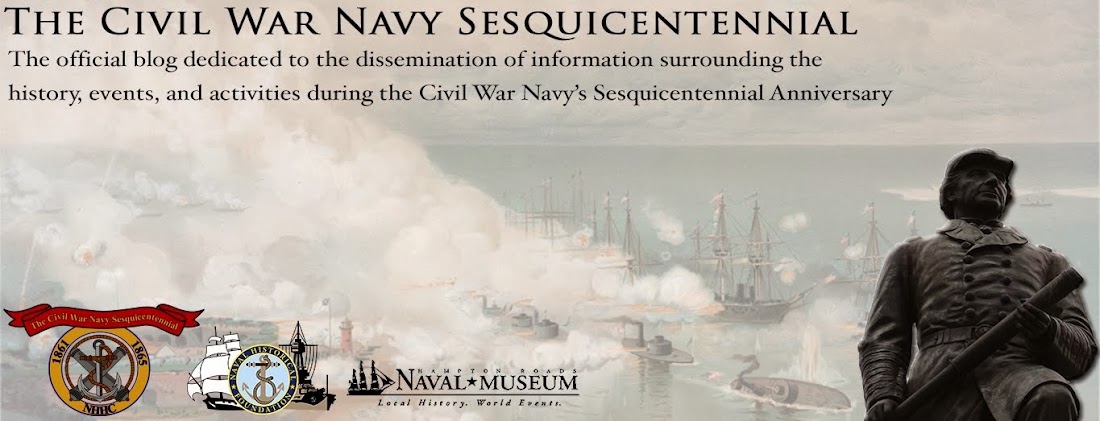 |
| A Union militia soldier who may have served in the "Refugee Rangers" in Florida. Source: Florida Dept. of State Photo Archives |
In December 1863, Adm. Theodorus Bailey,
commanding the E. Gulf Blockading Squadron, was approached by Mr. Enoch
Daniels, a Unionist refugee living in the Charlotte Harbor area, who requested
permission to assemble a volunteer company from among the other Unionist
refugees in the area and at Key West. They would form a raiding party
that could work in conjunction with Union military forces, attacking, capturing
and/or destroying southern property and more importantly, attempting to disrupt
the round-up and transport north of beef cattle to feed the southern armies.
The U.S. Army would arm and equip this unit, and the Navy would transport them
to embarkation points and lend them heavy gun support as long as they were
within range. This endeavor was approved, and Daniels formed a company of
refugees designated by the Army as the “Florida Rangers,” but Adm. Bailey liked
to refer to them as the “Refugee Rangers.”
In late 1863, the Rangers were ready to take
the offensive. On 24 December 1863, Lt. Baxter of the Gem of the Sea sent an armed boat party of 14 men in the ship’s
launch and cutter, under the command of Acting Ensign J.H. Jenks, to link up
with Daniels and 15 men of the Refugee Rangers at Useppa Island. The ship’s
landing party also towed with them two small boats for the rangers’ use.
Daniels directed the landing party to a location on the Myakka River (“Myacca”
in the ORN reports) to go ashore, where they landed on 25 December. The Rangers
headed inland to make trouble, while Jenks and his party of bluejackets
established a defensive position on the beach to await the Rangers’ return and
evacuate them. The understanding was that the Rangers’ party would be back in 7
days. On 28 December, the US Sloop Rosalie
arrived at the landing site to help provide additional cover and fire support.
The next day the sailors conducted additional reconnaissance in the area and relocated
the USN shore camp to a location with a better defensive position.
Early the morning of 30 December, the sailors
heard noises in the brush next to their camp, indicating “ . . . men were crawling toward them.” Jenks at
first thought it was Daniel’s party returning to the landing site and he
hailed, “Who comes there?” The reply
came, “Captain Daniels and his men.”
Jenks ordered them to halt and give the countersign agreed upon to confirm
their identity. The response was a hail of musket and shotgun fire from what
was estimated to be 40 Confederate troops. The sailors returned fire and fell
back to their boats. When they were out of the line of fire, the Rosalie opened fire on the ambushing troops
with her 12-pdr boat howitzer with canister and grape and additional musket
fire from seamen on the deck. The firepower of the Rosalie was invaluable and no doubt saved the lives of most of the
USN landing party. Jenks returned to the Gem
of the Sea with one wounded seaman and to reprovision. He was able to carry
off all of the weapons, camp equipage and material from their beachhead with
minimal loss.
Historian George Buker believes that the E. Gulf Squadron's close ties with local Unionists, including the formation of the Refugee Rangers (who eventually became the Second Florida Cavalry, US), and their initiative to organize an infantry regiment of escaped slaves as the Second Florida USCT, represent a signature achievement which is not recognized today by many Civil War scholars.
 |
| Skirmish between Confederate cavalry and Union raiding party, possibly a group of the Refugee Rangers. Source: Florida Dept. of State Photo Archive. |

No comments:
Post a Comment